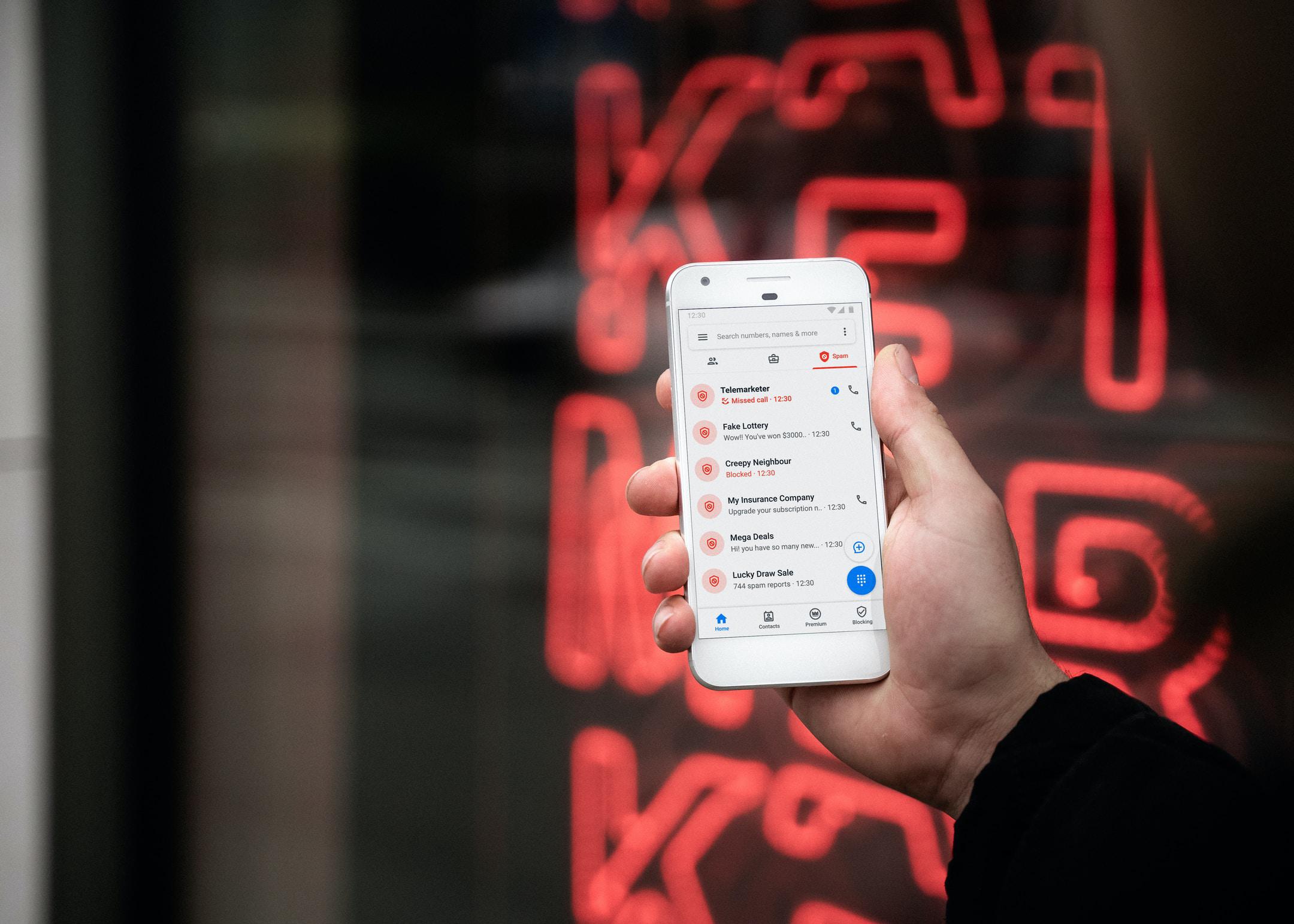
Billions of unwanted robocalls are made to consumers every single year. In 2020, the U.S. government took action to stop them.
The TRACED Act mandates voice service providers, including major cellular providers, to implement a framework that can authenticate calls on their network as legitimate. While consumers continue to receive a massive number of robocalls each month, this number has started to decline since the legislation’s compliance deadline.
Implementing the authentication framework, STIR-SHAKEN, can be a huge, complicated undertaking, no matter the size of your business.
That’s why in this blog post, we’ll take a deeper dive into how the TRACED Act, STIR-SHAKEN, and the Robocall Mitigation Database all work.
As mentioned on the FCC’s website, the TRACED Act enables and requires a much stronger approach to combating robocalls and call spoofing.
These unwanted calls often come from callers displaying different numbers than the ones they’re actually calling from. This poses a variety of risks to consumers receiving these calls. They may simply receive a number of additional annoying spam calls, become victims of scammers, or accidentally block or decline important calls they mistake as spam calls.
The TRACED Act works against these calls by requiring voice service providers to verify that caller ID information on their networks matches the numbers they’re calling from.
To do that, providers utilize the STIR-SHAKEN framework.
STIR-SHAKEN is implemented into the IP portion of a voice service provider’s network. We’ve previously explained how it helps defend against unwanted spam calls on our blog.
The framework authenticates calls using a system of user token authentication. Depending on how well the caller’s ID can be matched with the number they’re calling from, they’re given one of three attestations. These include:
Another requirement from the FCC is for voice service providers to register in their Robocall Mitigation Database. This is a multi-step process that’s also geared toward protecting consumers from unwanted, potentially malicious calls.
The Robocall Mitigation Database is how voice service providers certify the extent to which they’ve made an effort to implement STIR-SHAKEN on their networks. Those that don’t implement caller ID authentication must detail the steps they’re taking to prevent robocalls and other spam calls from originating on their networks.
To register, you’ll have to:
Providers that don’t file with the database may be subject to fines. Additionally, other voice service providers may not accept calls directly from a provider that isn’t registered.

It’s essential that voice service providers of any size take the steps necessary to comply with the requirements of the TRACED Act as soon as possible. It isn’t just important for protecting your callers from unwanted calls. It’s about making sure your network is recognized as a trustworthy one.
Prescott-Martini can help with that. We assist voice service providers with implementing STIR-SHAKEN, registering with the Robocall Mitigation Database, and taking every step necessary to remain compliant with FCC regulations.
Get in touch with us now for more information about how to get started.
Stay updated on the latest news in the regulatory and compliance world! Sign up to receive our newsletter.